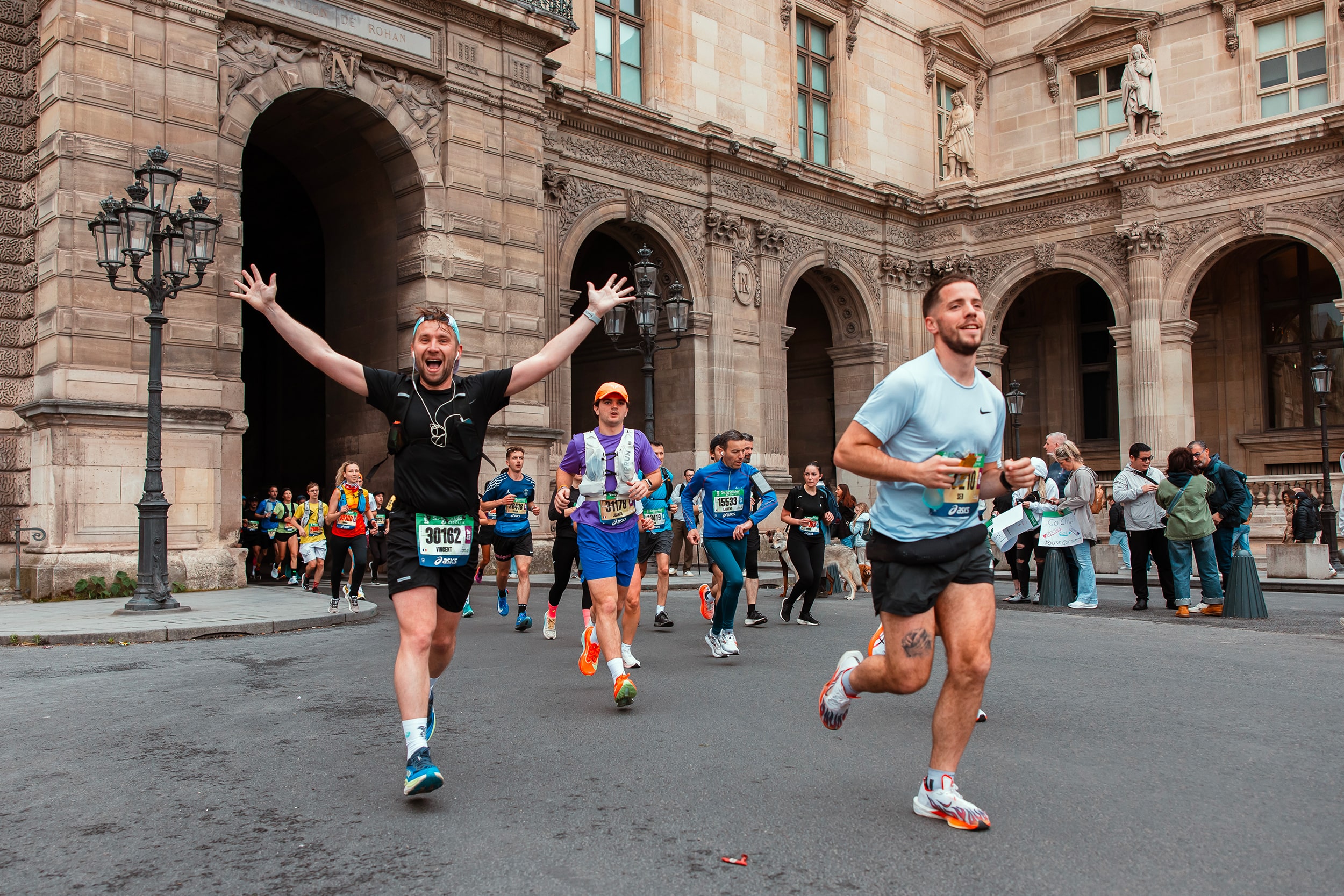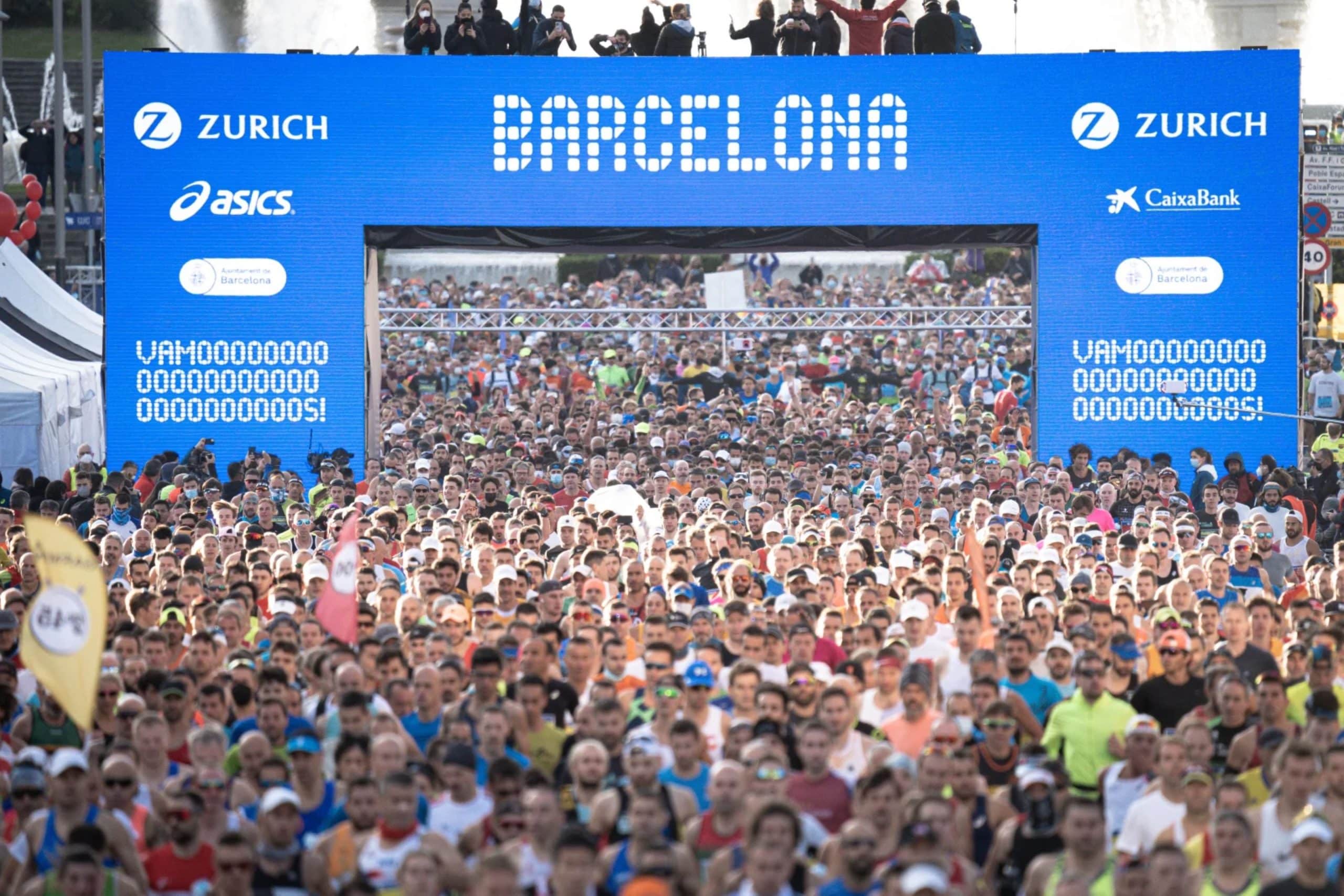5 Tips for Successful Marathon Preparation
The date is set! You’ve chosen your marathon and the countdown has begun. Tick tock, tick tock… It’s time to follow a training plan to be fully prepared on race day. How can you ensure a smooth and effective preparation? Here are 5 tips to build a solid foundation for your program.
| 1. Understand Training Paces (and Stick to Them!)
● Easy Run: You should be completely comfortable with your breathing, meaning you can chat while running. For more experienced runners, this corresponds to basic endurance pace, or 60-75% of your maximum heart rate (max HR). This is the pace used before interval sessions and for recovery runs.
● Marathon Pace Session: You are no longer completely comfortable with your breathing, but you’re not at full throttle either. You can’t hold a conversation, and you need to work to maintain the pace over the duration. This corresponds to 80-85% of your max HR.
● VMA Session (Maximum Aerobic Speed): VMA is a personal value expressed in km/h measured through various tests. For example: after a classic warm-up, cover the greatest distance possible on flat terrain in 5 minutes. Record your heart rate at the end of the test to find your max HR. Multiply the distance by 12 and divide by 1000. For instance, if you cover 1500 m in 5 minutes, your VMA is 18 km/h.
● Long Run: Primarily done at basic endurance pace, you should feel at ease and not feel like you’re overexerting. The key here is the duration, not the speed. It’s better to run slower than too fast in these sessions.
| 2. Keep a Training Log
A training log is the marathoner’s diary. Whether digital or the trusty old paper format, it allows you to record daily sessions, the feelings experienced, and all factors likely to influence your condition and performance (weather, work stress, poor sleep…). A training log helps maintain motivation, understand fluctuations in form, reassure yourself throughout preparation, and identify good and bad practices.
➜ Read our full article on keeping a training log

| 3. Focus on Recovery
It’s often said: recovery is an integral part of training. It’s easily overlooked, especially for “running addicts” who feel the need to run daily. Allowing the body to rest and regenerate is essential. Far from being synonymous with detraining or useless, short-term relative rest allows the body to absorb the work done during sessions. A regeneration week is often scheduled every 3 weeks of training. Bonus: you’ll regain mental freshness after resting, and your enthusiasm will be reignited.
| 4. Build Your Base
It’s no mystery: a marathon is long! Therefore, you need to accumulate a large training volume to handle the 42.195 km of the race as well as possible. Accumulating many kilometers in training helps replicate the sensations you’ll experience on race day: muscle and mental fatigue, lack of energy reserves, exertion in a pre-fatigued state…
In a base-building phase, it’s recommended to prioritize alkalizing foods (ripe fruits, vegetables…) as well as legumes (lentils, dry beans…) combined with whole grains. Limit red meats and dietary excesses of all kinds.
| 5. Prevent Injuries
The marathoner’s arch-enemy during preparation is injury. The annoying pain that disrupts the program, prevents the completion of key sessions, and introduces doubts that are best avoided. To prevent injuries, it’s important to adopt good habits:
● Always include a warm-up phase at the start of each session, even if it’s hot outside!
● Respect the sacred principle of gradual increase: never increase training volume and intensity suddenly! Progress gradually to allow the body to adapt to new demands.
● Maintain a healthy lifestyle (nutrition, sleep…).
● Address any pain as soon as it appears: while you shouldn’t rush to the doctor for every discomfort, it’s crucial to pay attention to persistent tendon or muscle pain during sports and daily activities. It doesn’t always go away on its own!
● Regularly practice muscle strengthening and stretching exercises.
A marathon is a real challenge, regardless of a runner’s fitness level. Following a training plan to the letter isn’t enough to succeed on race day. Many other factors must be considered to ensure sessions are regular, productive, enjoyable… and injury-free! Happy training!



